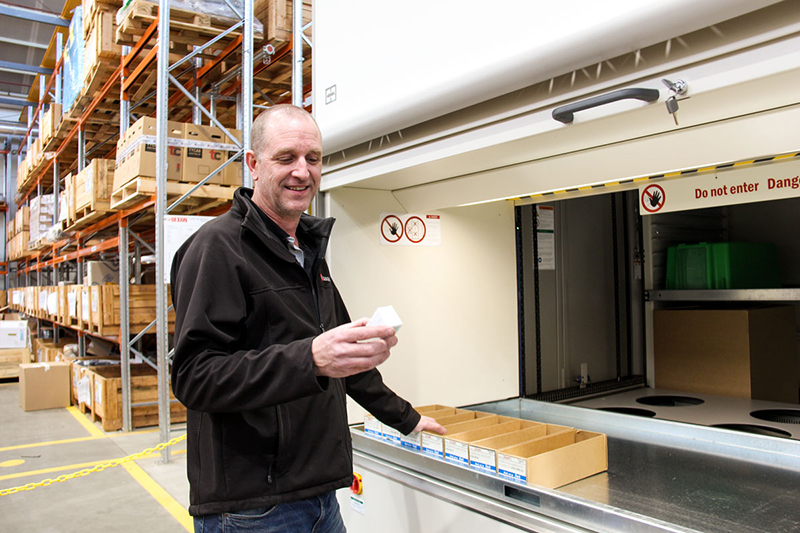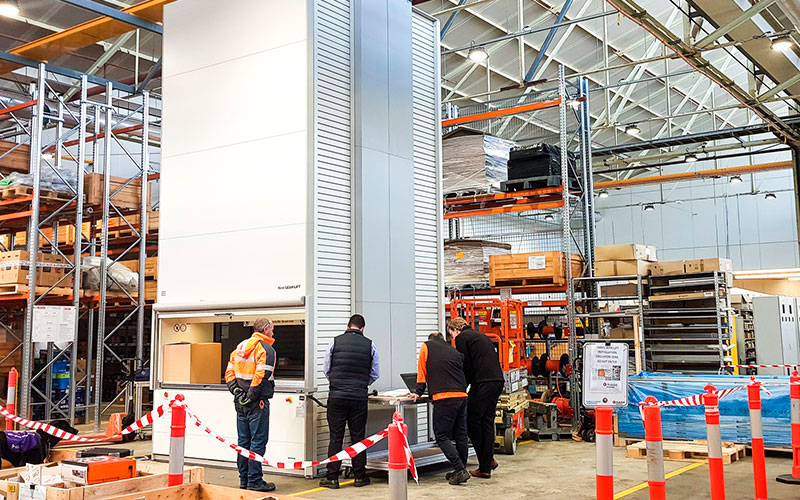The 5-minute lean manufacturing refresher course (and how to get maximum benefit from lean)
Peter Thompson, Published: November 24, 2017 - Updated: April 22, 2019 (9 min read)
Over the past 50 years, lean manufacturing has taken the world by storm, transforming operations in industries like manufacturing, utilities and mining, all the way through to retail, IT and healthcare. So ingrained is this way of thinking, that it’s become a familiar concept among executives and management.
But a McKinsey report says it would be a “mistake to think lean has reached its full potential”. Similarly, it would be a mistake to think we’ve learnt all that there is to learn about lean improvements. Lean still drives competitive advantages for many companies and industries, and new technologies, new analytical tools, and new ways of looking at customers are boosting the potential of lean.
But in order to get the best results from lean, it’s important to have a full understanding of its fundamentals. So, we thought it was time to revisit lean theory, before presenting some ways in which companies can harness lean improvements...
A quick refresher on lean manufacturing
What is lean manufacturing?
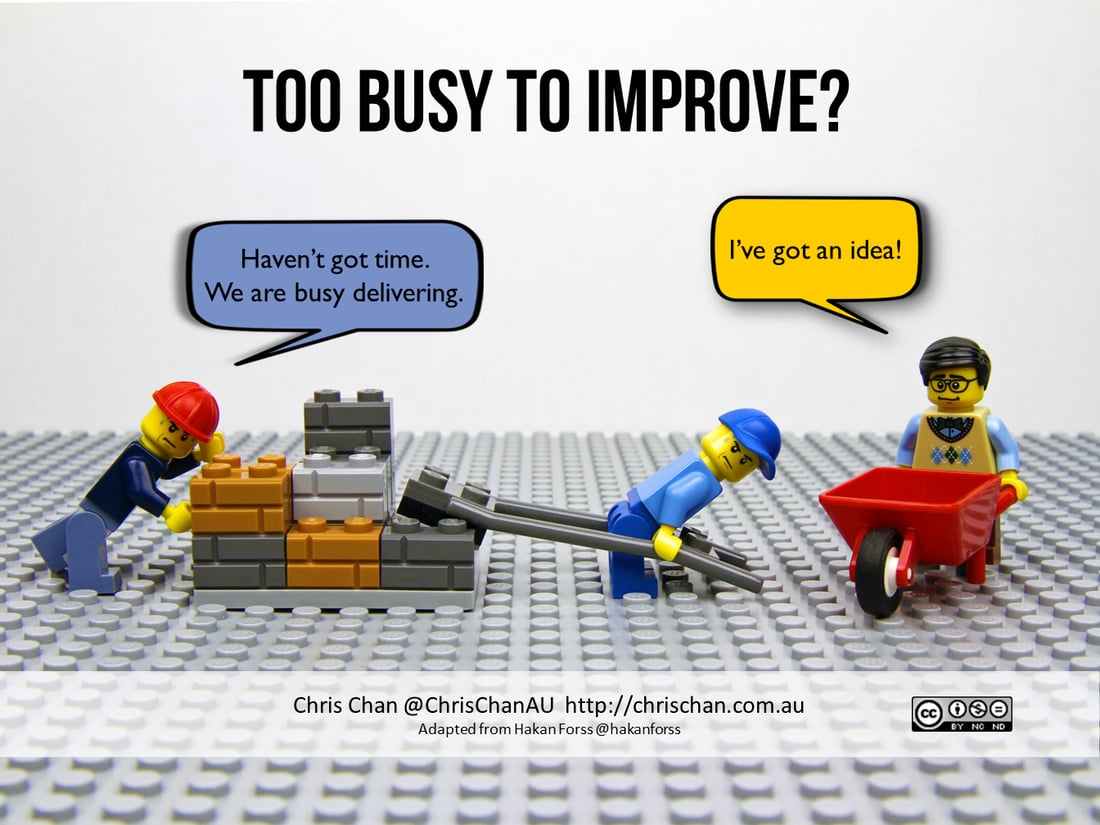
What began as Toyota Motor Corporation’s response to customer demands post-WWII and became ‘lean manufacturing’ is now a way of thinking that has taken the world by storm.
Lean is a way of thinking that’s centred on knowing what the customer wants and ensuring the entire supply chain is producing it with minimal waste.
Lean:
- shifts focus away from individual components of a business to improving overall flow of product through the entire process
- aims to eradicate any waste that occurs in the supply chain
- is focused on empowering people and developing effective management systems
- strives for what the Japanese call ‘Kaizen’, or continuous improvement
Lean is NOT a headcount reduction, a training certification or something that only applies to manufacturing.
Finally, lean is NOT a set of tools (e.g. 5S, metrics, kaizen events, value stream mapping) or a program (e.g. process improvement, Six Sigma, or performance management).
Lean wastes
Part of the lean approach is centred around finding and eliminating the unseen or unnoticed waste that occurs across the entire production chain. Waste (or ‘Muda’) refers to anything the customer doesn’t need you to do, such as transportation, waiting, overproduction, defects, inventory, movement and extra processing.
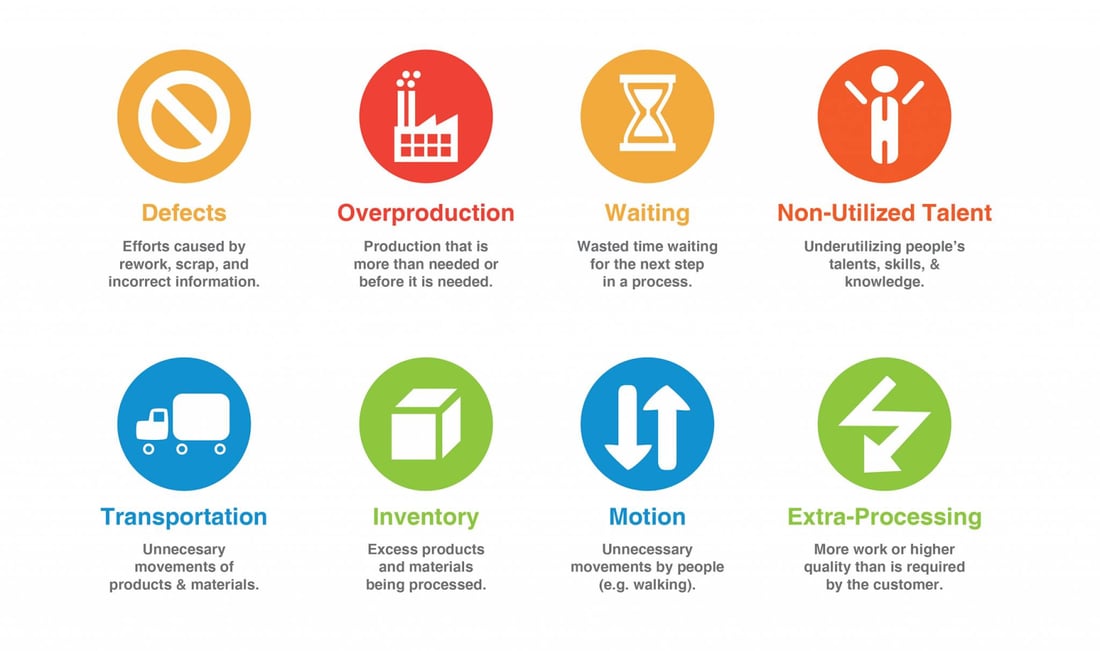
Source: Lean Construction Blog
Some examples of waste in manufacturing include waiting for materials, reworking or remaking products due to defects, or walking to another area to get a tool.
The lean manufacturing tools
Rather than reinvent the wheel, we’ve briefly listed some major lean tools and approaches here:
- 5S
- Gemba
- Just In Time production
- Kanban (pull system)
- Single Minute Exchange of Dies (SMED)
- SMART Goals
- Standardisation
- Six Sigma
- Six Big Losses
- Total Productive Maintenance (TPM)
- Value Stream Mapping
While some experts say you should select the tools that are relevant to your situation, others say not to limit yourself to one tool. More often than not, an enterprise-wide cultural shift is more powerful than any single tool.
Approach lean holistically for better results
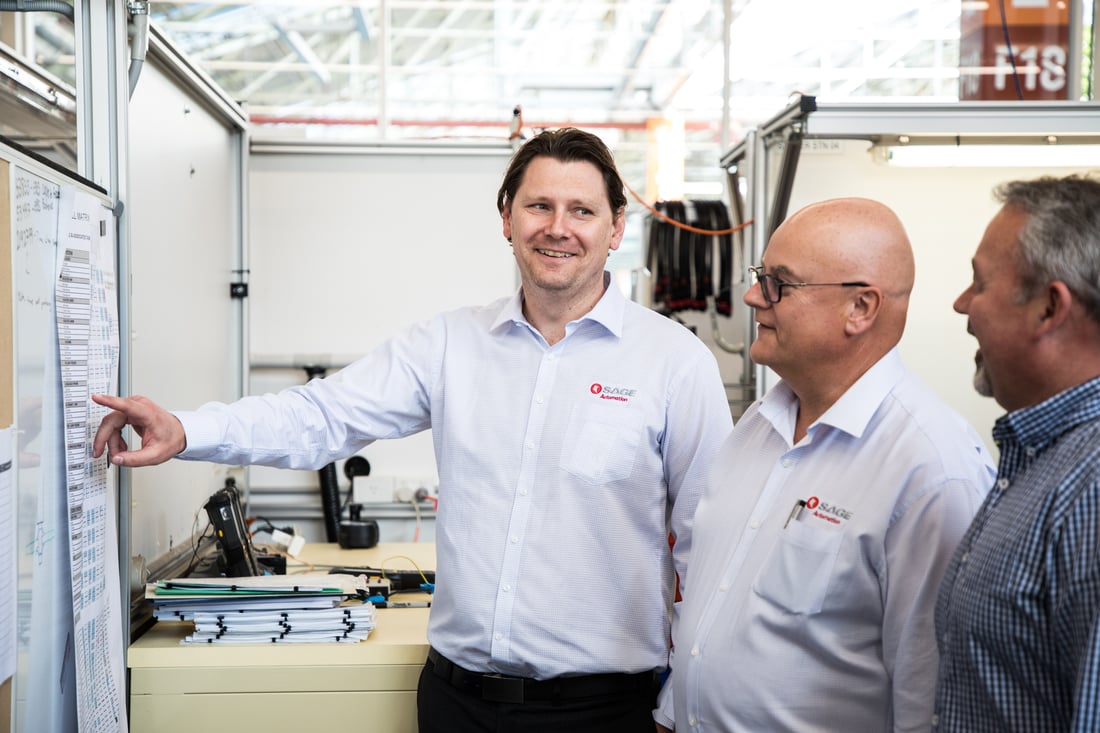
There are many methods of achieving less waste in the chain. Process standardisation, lean inventory management, 5S and Six Sigma are a few approaches that garner results.
But, at its heart, lean should be approached holistically. In order to do so, a company should be asking themselves two questions:
- What is the value add? That is, what do our customers pay for, and what do they NOT pay for? What processes are wasteful or not adding to the ultimate product?
- How does work flow in the organisation? Do things happen smoothly and concurrently and in a logical sequence, or do they happen in spurts and lags?
When processes happen smoothly, things are efficient and quick, and things that are efficient and quick are always cheaper.
How to get maximum benefit from lean
Lean manufacturing is essential when it comes to driving performance, and as technology advances, so to does lean and the ways in which it can be applied.
Whether you’re applying lean principles to your operation for the first time, or have already applied lean principles and want to get even more benefit from it, here are some key takeaways to help ensure you get the best result possible.
Lean isn’t limited to manufacturing
Contrary to common perceptions of lean as a philosophy specific to manufacturing, lean is still transforming industrial operations, banking, restaurants, airlines and hospitals. In one case, an airline was able to apply lean techniques to reduce aircraft ‘changeover time’ from hours to minutes.
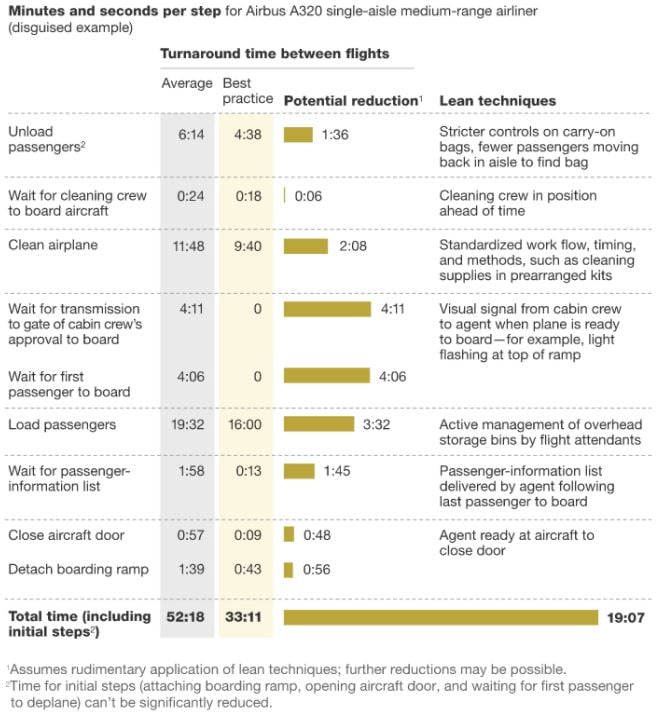
Source: mckinsey.com
Retailer Amazon has been lean-centric since its beginnings, and its stunning success gives some indication of how effective adopting lean principles can be. Its entire IT infrastructure is “very good at understanding what the customer want[s] and passing the right signal down,” according to a McKinsey report.
Use technology to enhance lean

The most evident way lean is evolving is through companies’ increasing ability to gather information about customers and processes using IT systems. Here are some ways technology has been used to make operations even more lean:
- IIoT sensor technologies are collecting and sending unparalleled amounts of data, which means operators can more quickly identify bottlenecks in process, and manage quality, among other benefits
- Advances in predictive maintenance and AI means operators can eliminate the ‘waste’ of maintenance and downtime all together
- Automated business processes through business logic software means companies can eliminate ‘waste’ of data entry, information requests or processing, leaving time for more ‘value-add’ tasks, such as customer service
- Better customer insights through behaviour modelling, data tracking and purchasing technologies means companies can identify exactly what the customer wants, and can improve the offering accordingly
Don’t quit lean too early
Lean author and expert Karen Martin has made some interesting comments on the use of lean these days. She writes in her blog: “Attention spans, especially in business, are getting shorter ... People don’t immediately get great results from Lean and quit too early with the conclusion that it doesn’t work.”
While lean doesn’t promise overnight success, it does promise continuous improvement and flow-on savings. For example, programs such as just-in-time can result in considerable savings in excess inventory costs.
Focus on your people to succeed in lean
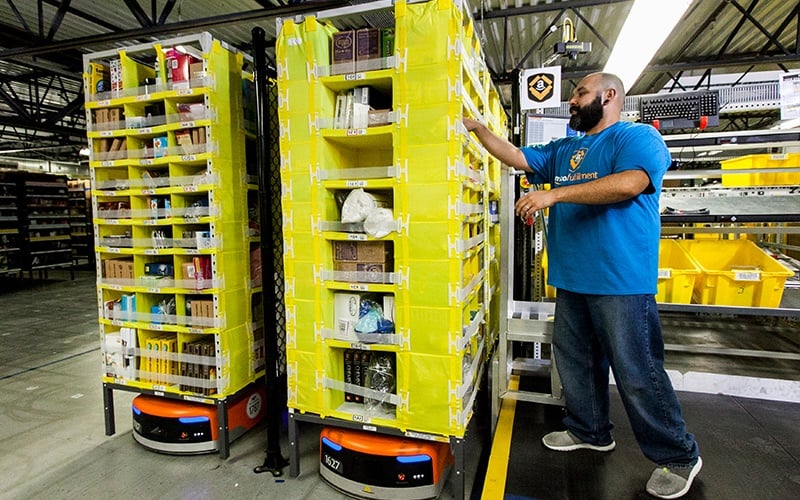
A report about Amazon’s lean culture explained that strong engagement of the front line, or ‘gemba’, is core to lean and has played a pivotal role in the company’s success.
The report said that Amazon has more employees working in fulfillment centers and customer-service centres than it does computer-science engineers.
“We needed the engagement of all these people to succeed, since they are the ones who are actually receiving, stowing, picking, packing, and sending packages or responding to customers by phone, chat, or e-mail,” Amazon’s former head of Global Operations Marc Onetto said.
Summary
“A 2007 Industry Week survey suggested that over 70 percent of Lean implementation attempts result in failure. This rate of failure is often attributed to solely focusing on tool implementation at the expense of cultural change.” – Lean Six Sigma Conference 2017
If there’s one takeaway here, it’s this: lean is only effective with the right culture.
Lean is a mindset and cannot be truly effective with a ‘tools-first’ approach. It’s often so much easier for a company to want to apply a tool because then they can say, ‘yes, I’ve done that’ rather than apply a mindset, which requires a cultural change. Don’t forget this.
Continuous improvement of your operations is about having the right systems in place, the right parts on-hand and a regular maintenance schedule. But, when a machine stops, it can quickly escalate to calling in external help – sometimes unnecessarily. The Breakdown Checklist is designed to get you back online faster. It will get your team thinking about what caused the breakdown and assess the need for external advice. Download the free downtime checklist here.


